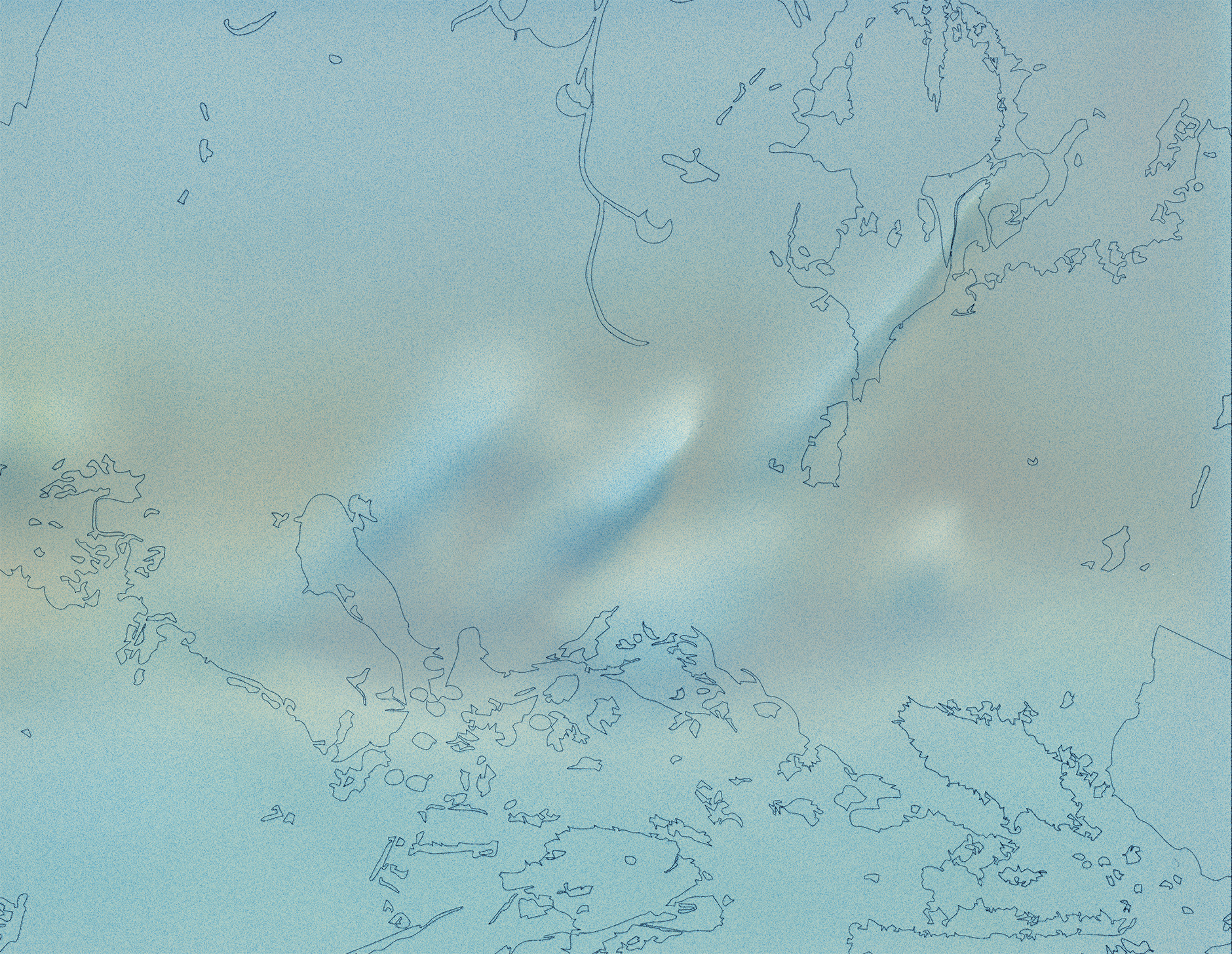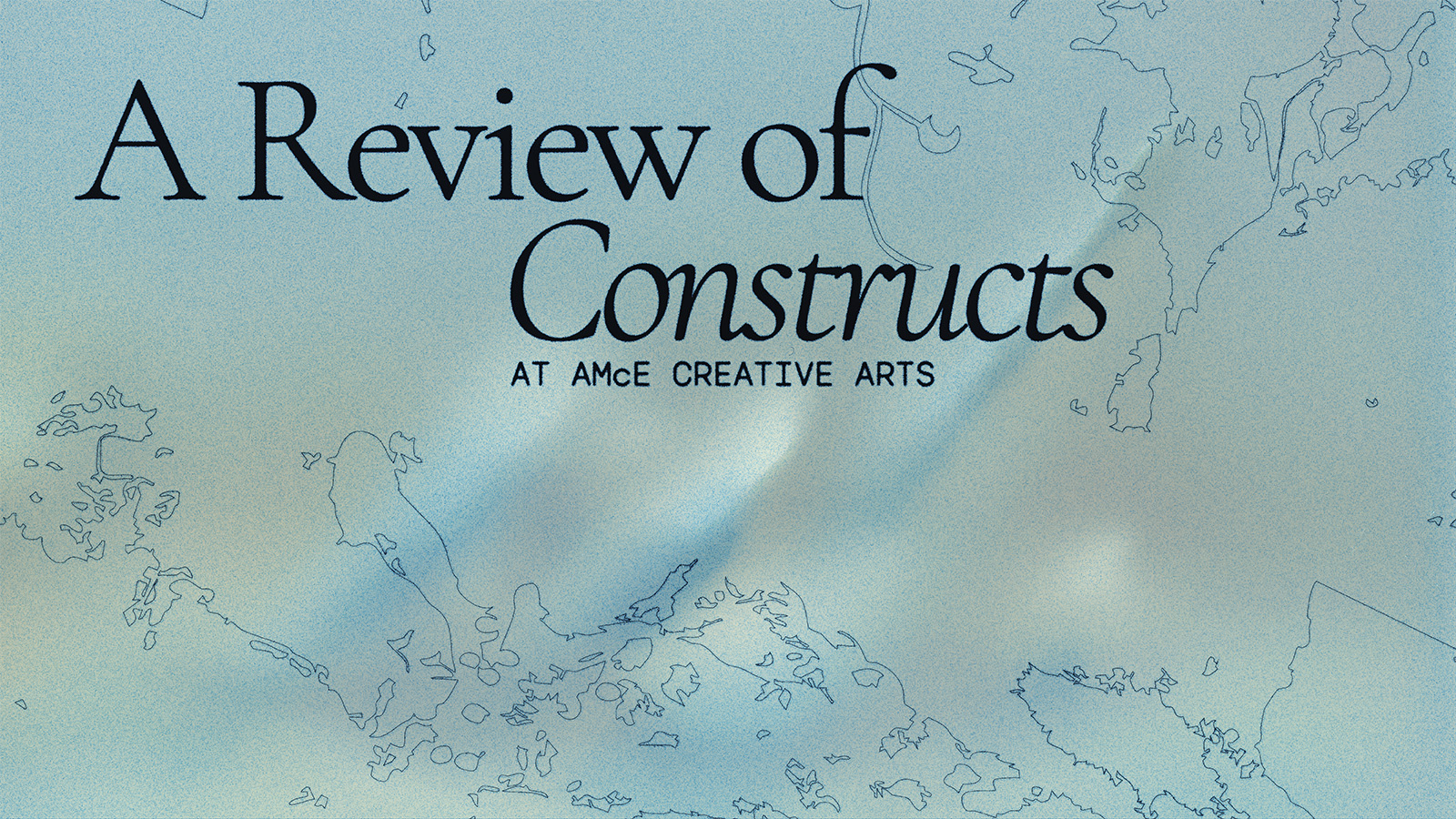
Constructs, currently presented in Seattle’s AMcE Creative Arts gallery through August 31st, showcases six talented artists who reimagine the idea of constructing as an expression of emotional depth. The result is a layered exhibition that pushes the audience to confront themes of memory, history, and constructed gain and loss. The show features six artists: Anne Hieronymus, David McDonald, Barbara Robertson, Christopher Russell, Brooks Salzwedel, and Cara Tomlinson. They all maintain a shared conversation that revolves around the depth of process, emotional and physical forms, and transformation. Each artist writes an ode to how Constructs avoids singular meaning, instead focusing on a plethora of questions, perception shifts, and the notion of feeling versus the act of making. Curated by McLean Emenegger, the exhibition showcases various Seattle artists with diverse artistic approaches to the overall theme of Constructs. Some tear apart traditional manners, some underline our emotions, and others blur the space between our identities and sense of place.

Anne Hieronymus’s Alien Still Life is an exhilarating photographic series undefined by time. The first glance of this creation is surreal and complex, with the overall composition pulling from all artistic directions. Different symbols and textured objects make the arrangement both technical and whimsical. Hieronymus demonstrates an interest in the way we read images in cultural contexts and under the hourglass of time and its own distortions. This piece of art gives the audience a chance to instinctively seek meaning in art and in everything. This piece is poetic and balanced with playful tones, yet simultaneously exhibiting great sense of depth. There is the push and pull of narrative, emotion, and abstraction, which work together with ease and cohesion.
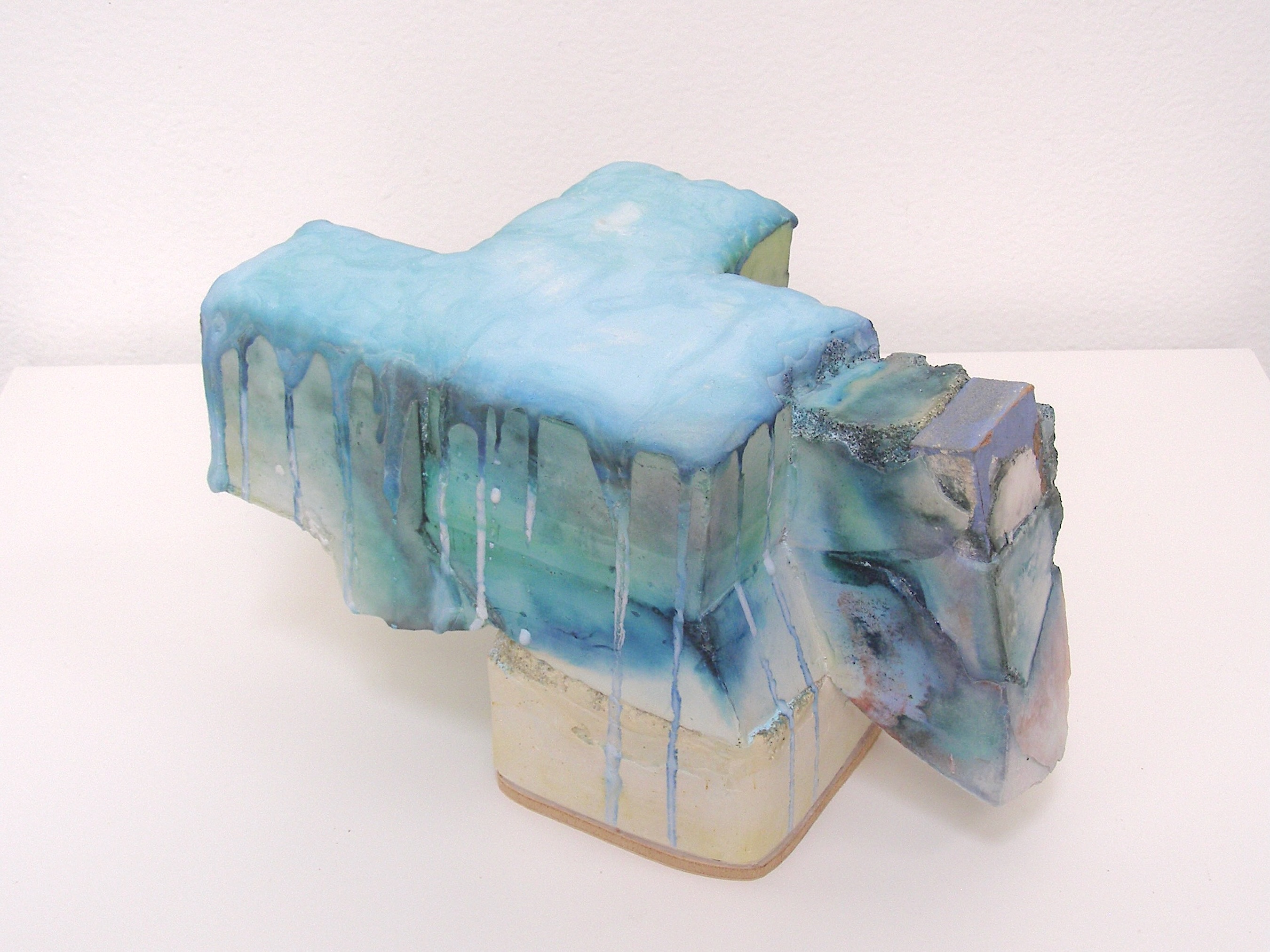
Meanwhile, David McDonald’s sculptural work stems from the Zen idea of “Don’t Know Mind,” which is the mental space that exists before logical thought takes form. He has a background in conceptual art, yet his current practices lean into his intuition and creative mind, falling away from the structure of a stark theory or concept. His sculptures are often composed of different stacked layers of geometric forms and shapes. Hints of playfulness trickle through his pieces, resisting the idea that there needs to be perfect symmetry. Taking a deep look at these pieces I feel softened, as if I were pausing to simply gaze before defining and pointing fingers at anything about the structure. The structures are a break from overthinking, a refreshing lens.
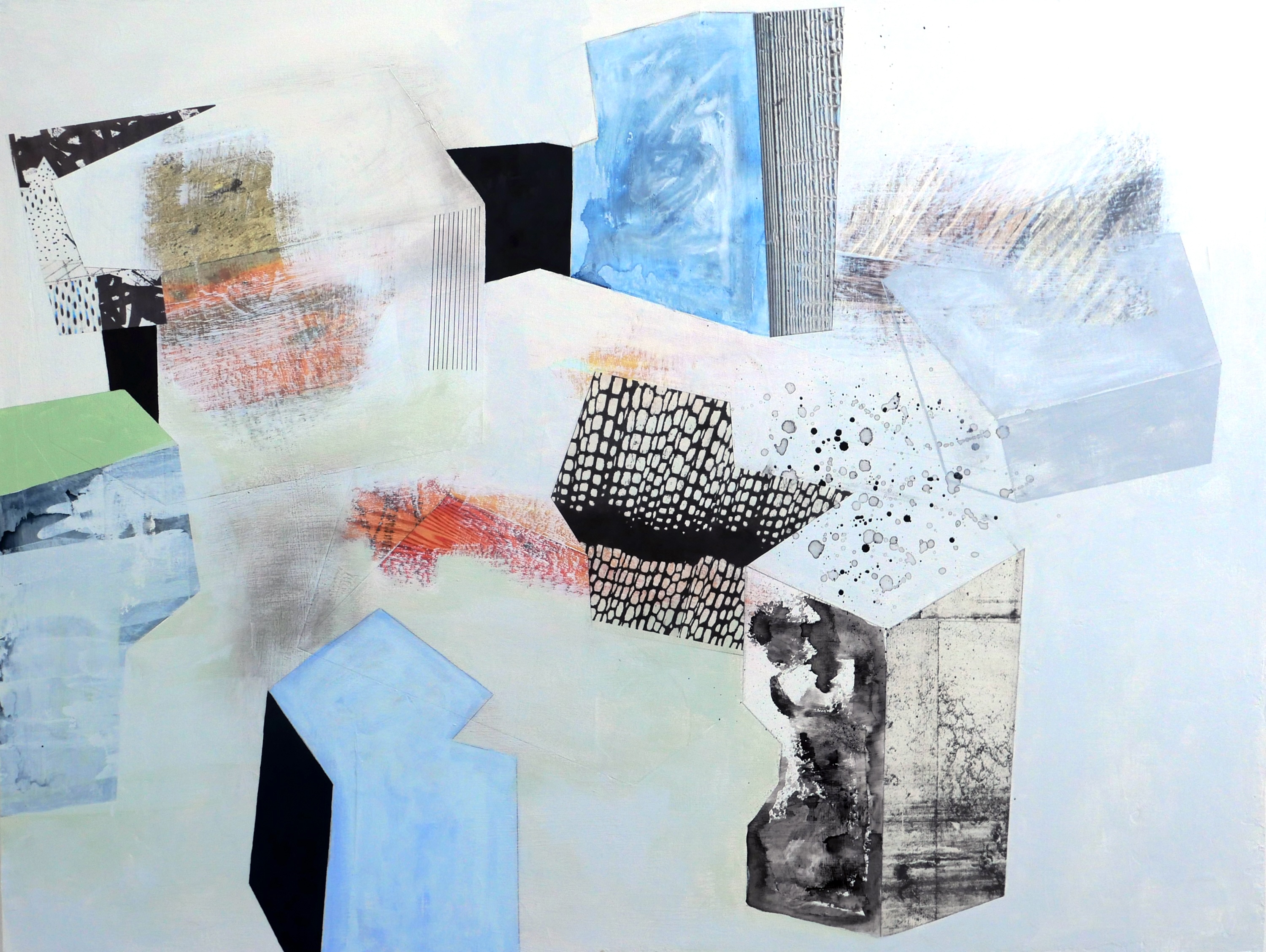
Similarly, Barbara Robertson’s work lingers in my mind long after leaving the gallery. Her paintings are layered with not just their physical value, but emotion and history. She uses many techniques—ink washes, acrylic paint, photography, collage, and Japanese paper—to build intricate and living compositions. As much as the physicality of her piece is detailed with precision and meaning, what moved me the most was the personal perspective she shared with me during our interview at the exhibition. Robertson spoke about her deep fascination with architecture and her vast travels, especially to Japan, where her meaningful relationship between construction and impermanence deepened. The construction and simultaneous deconstruction of urban areas all speak to her, each location encapsulating a story rich with meaning.
In Seattle, Robertson details the way she thinks about the places she drives by every day, pondering what used to exist within the areas we casually pass. Buildings hold memories, lives, and whole emotional ecosystems, many fully gone, developed, or remade. She discusses the way physical surfaces in the city carry their own bits of history. Questions we ask ourselves include: Who was here? What was here before? What happened in this space? Nostalgia is a waterfall that flows through her work. She photographs surfaces such as wood, concrete, and brick, and prints, layers, and paints over them. While some areas are heavily constructed over, others are left to breathe. Even in places you cannot visibly see a layer, there is something beneath the surface. That instantly struck me as a metaphor for memory, especially within architecture, where places are continually covered and reshaped over time.
Looking at her paintings closely, I feel intense nostalgia. This is not necessarily for a certain place I knew, but the feeling of places I have lost. Her pieces remind me of the countless times I’ve driven by construction sites without blinking. Robertson encourages us to pause and connect deeper with our memories of these places. This sense of mourning and wondering is both melancholy and sweet. The piece’s materials and emotions mimic the way we remember and focus, whether that be uncertain, textured, preserved, and most importantly, vast.
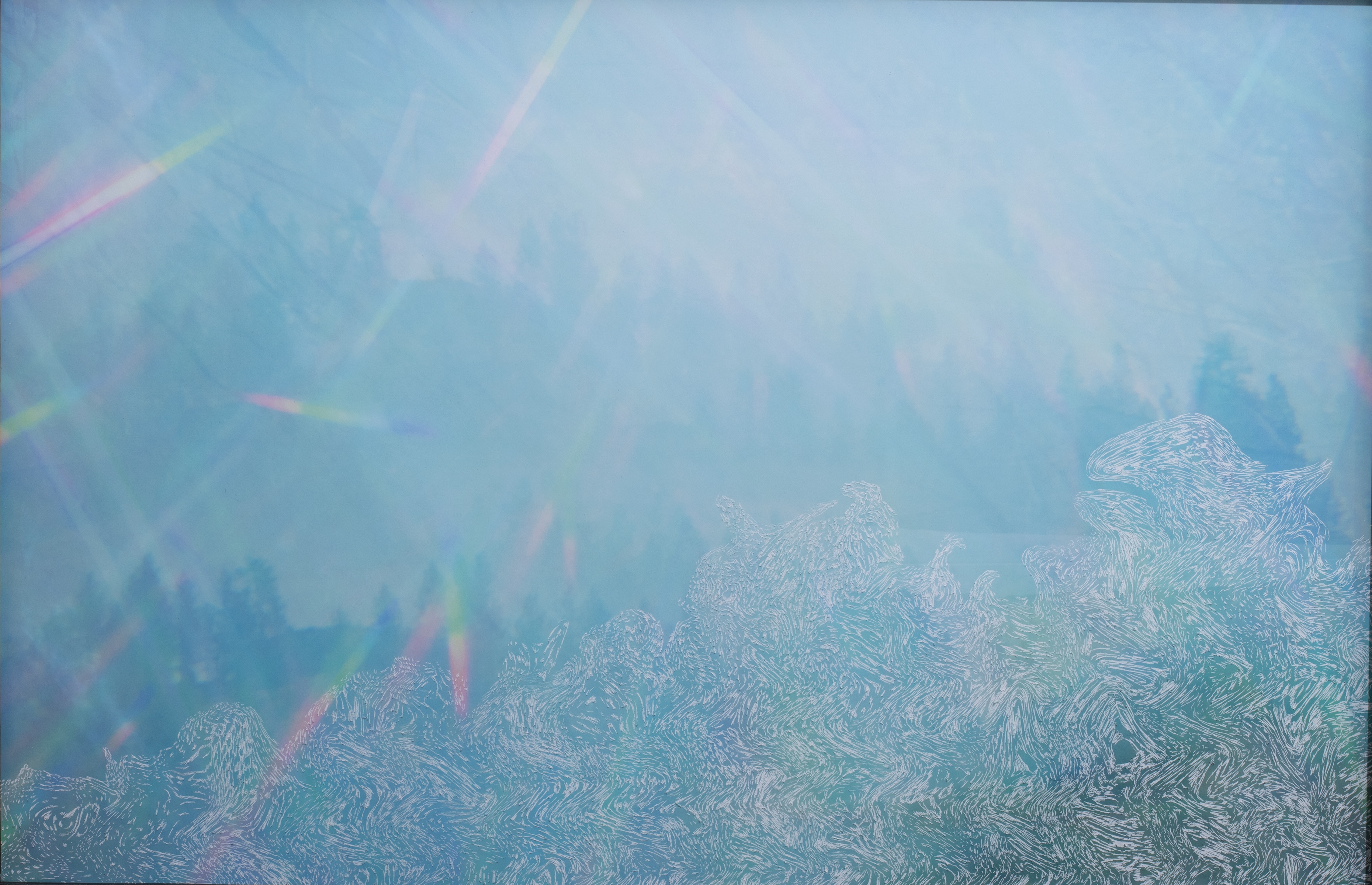
Continuing through the gallery, Christopher Russell’s photography encapsulates both memory and structure. Russell embraces this disruption as a beautiful process in his art. He warps traditional expectations of photographic beauty and forces them to fall off balance into something spontaneous and whimsical. It is almost as if he is taking a tool and carving emotion directly into the piece. He studied at CalArts, with critical theory dominating the basis of his curriculum. His current work responds to and bounces around that pressure. He relinquishes conceptual rigidity by committing to what photographers are told are “no-nos.” His results are nothing short of jaw-dropping. He alludes to the worldview of visual contradictions, combining thoughtfulness with rebellion.
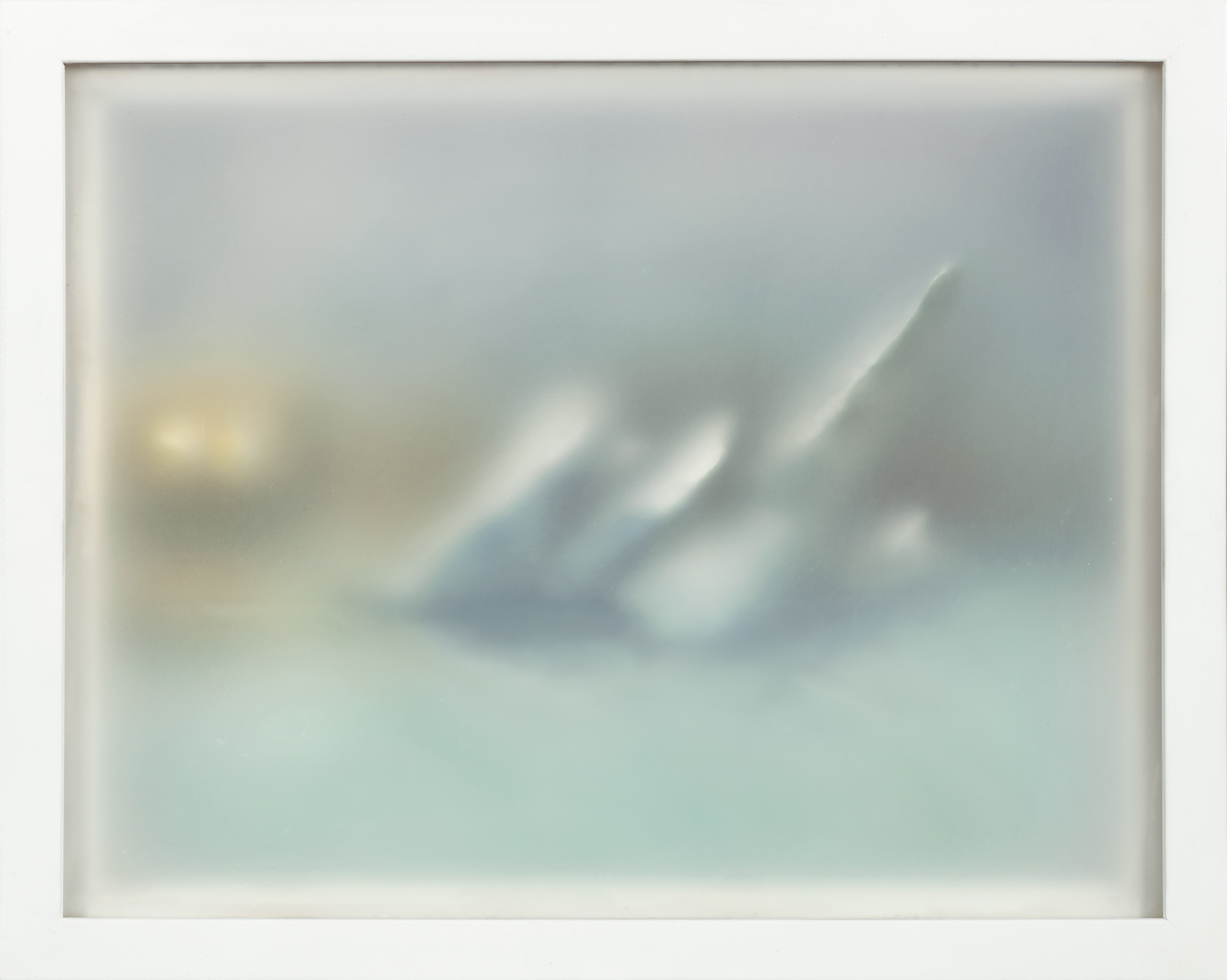
Brooks Salzwedel’s mixed media work spotlights the feeling of walking through a dream. His use of materials such as graphite, resin, and layers of transparent material adds to his dreamlike mirage. He constructs fictional, hauntingly beautiful, and familiar landscapes. The softness within his art feels like a memory, wonderfully personal and soft. The imagery of the trees, fog, distant nature, and other objects enters the piece gracefully. They dance about the canvas with perfect placement, as if tucked into the scene with perfect puzzle-like symmetry. The intrusion of industrial elements creates a looming, overarching sense of loss, reminding the audience of their own emotions. I learned these pieces were inspired by Salzwedel’s personal memory of nature and loss. This combination of grief and nature becomes the foundation of a beautiful, nostalgic sense of purpose. This notion comes across with ease, as I am flooded with familiarity and detachment at once. From the depth of the trees to the fading outline of the shapes around, the embodiment of the space defines the tension between what is real, imagined, and what we create within our own worlds.

Closing the exhibition is Cara Tomlinson’s Tongue Knot, a painting that embraces abstract modernism with deep personal effect. Her work holds the lines between the human and non-human, the self and the body, and the ways transformation shapes us. The canvas’s golden interior contrasts with layers of color, all reminding me of internal versus external experiences in life. Everybody deals with what happens inside us versus what others see, which paints the construction of identity with vibrancy and beauty. There is a sense of rebuilding the self and the mesh between thought and feeling. Even though the painting does not offer answers, it does offer space for them. There is energy in the stillness, where emotional reconstruction can thrive.
Considering all the pieces, Constructs does not offer a lone or singular message. Instead, it asks viewers to reflect personally on their tangible relationships with building and rebuilding—whether physically, emotionally, or intellectually. Art brings about all sorts of constructs, from form to theory, personal emotion, and cultural memory. Without fail, each artist openly invites us to notice the gains and losses of constructing. McLean Emenegger’s curatorial vision allows for this alluring sense of openness, making room for contradiction, ambiguity, and realization. Constructs is not about arriving at meaning—it is about alluding to it, and defining what that means for each of us, individually. In this process, we find our truest selves.


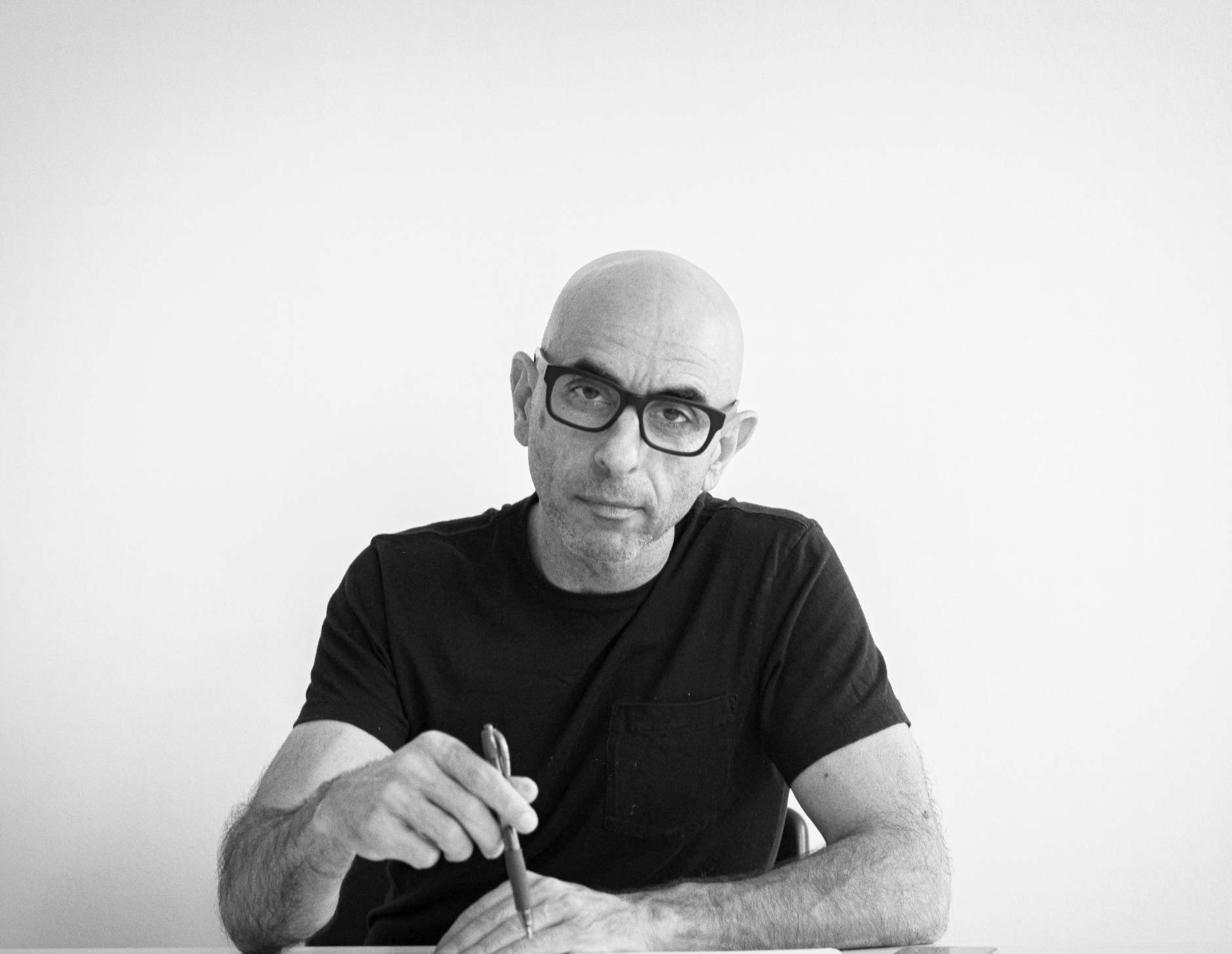
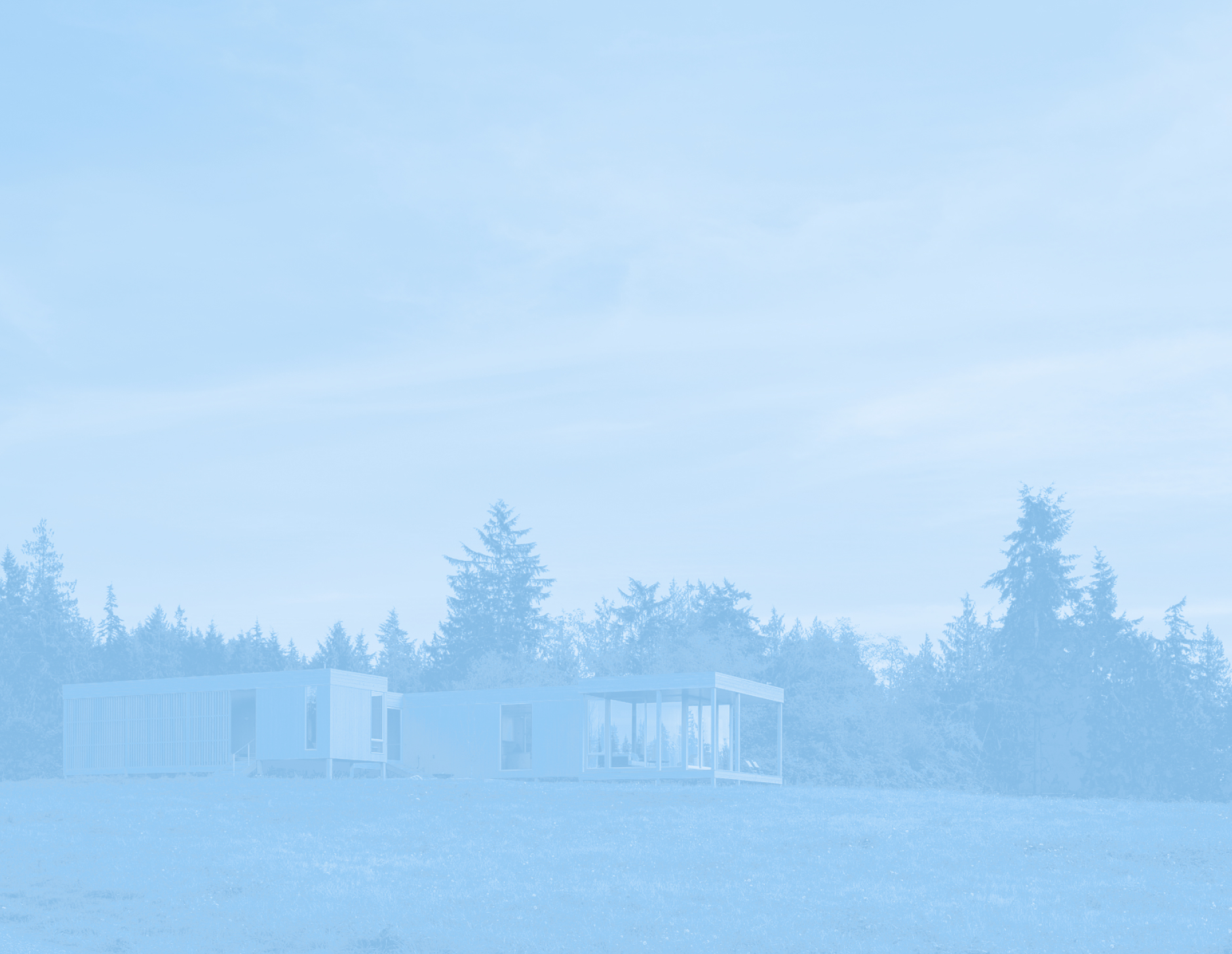
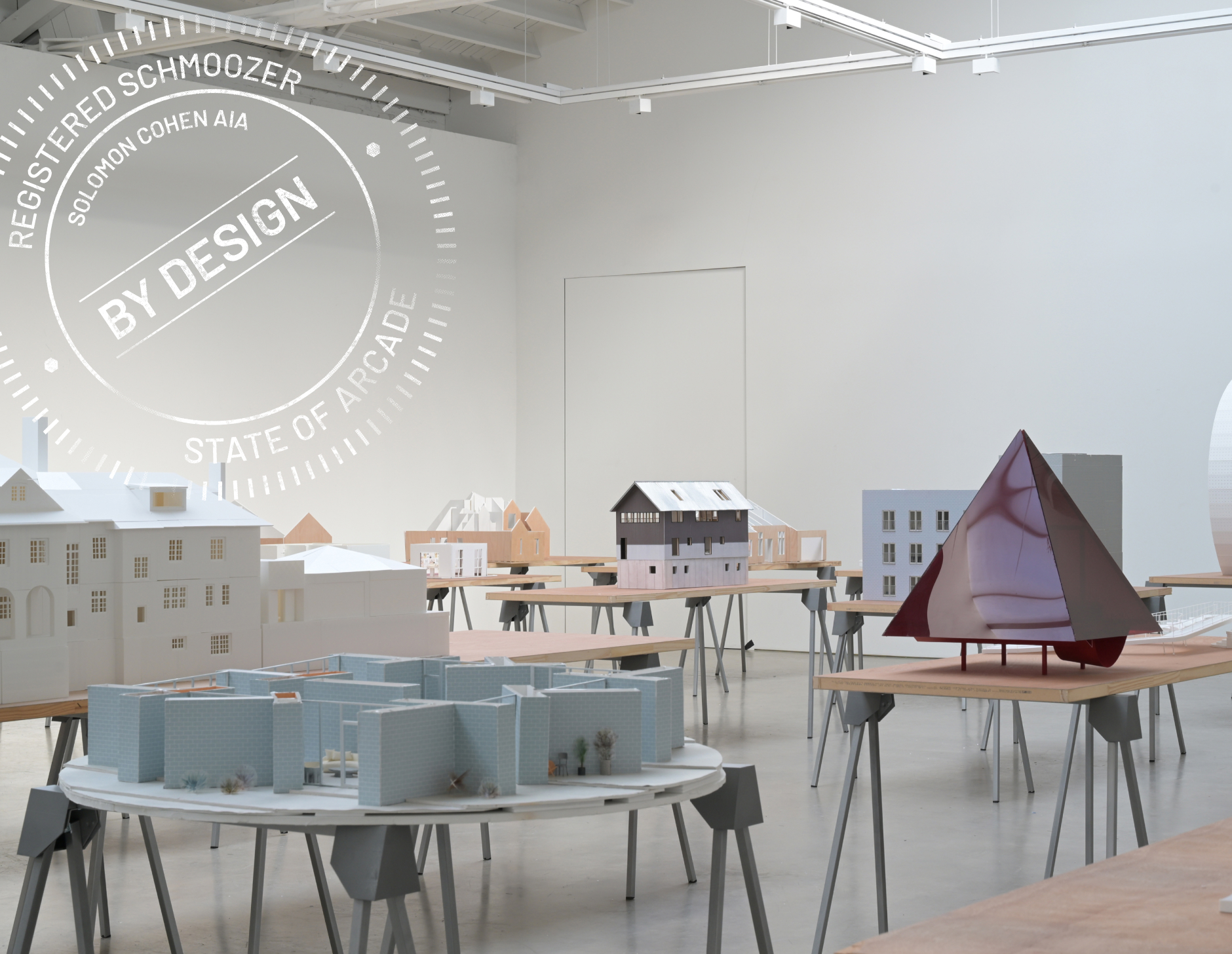

.jpg)

.jpg)

